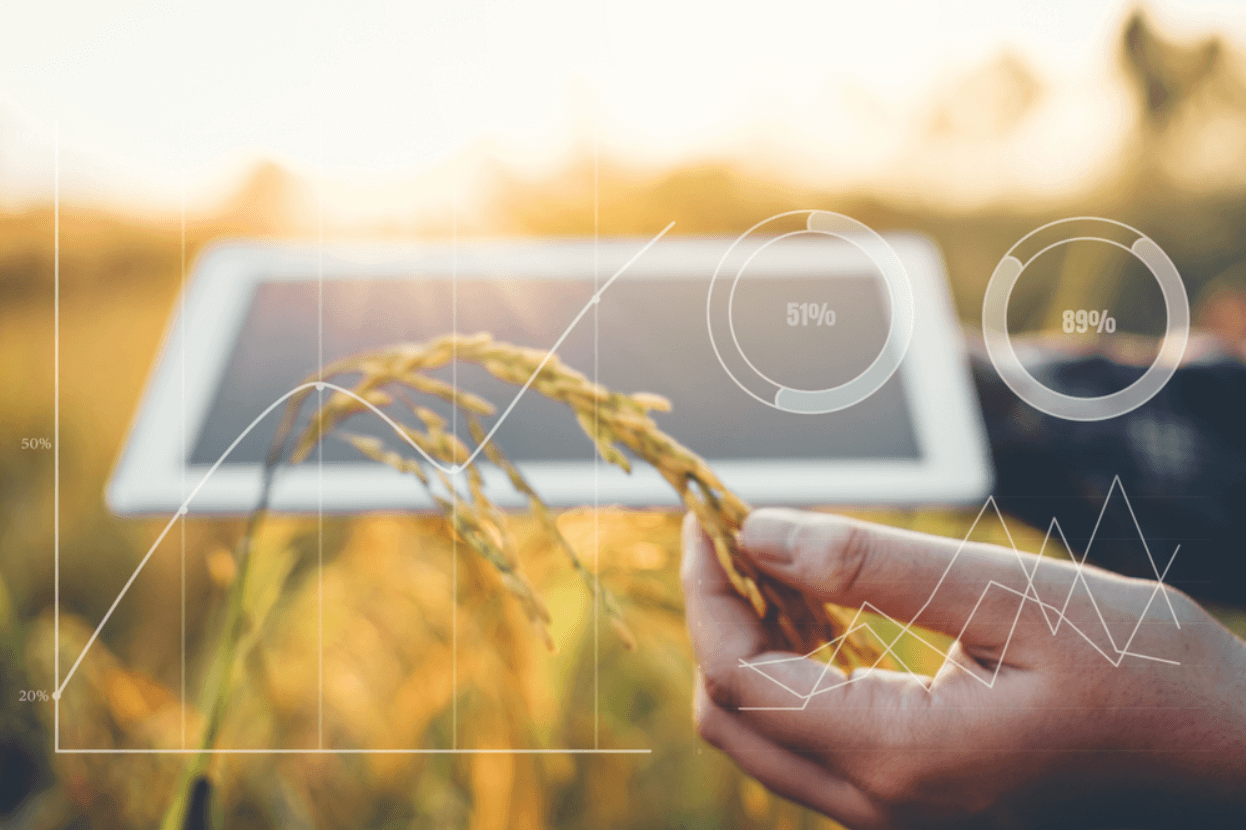Crop health is important to farmers and the entire world’s population because our food source depends on it. Healthy plants produce more yield even when faced with harsh environmental conditions, pests, and weeds. However, the health of the plants and crops depends on soil type, environmental conditions, and absences of disease and pests.
Healthy plants are the key to achieving sustainability, which provides farmers the means to feed their local population and the world. They are also crucial for feeding livestock, which in turn provides us with food. Constant innovation in the agricultural sector boosts the creation of healthy seeds and crops that can withstand long periods of drought, diseases, and harsh weather conditions.
Crop Health Metrics
These metrics provide a holistic view for farmers to monitor and measure the health of their crops accurately. Here are some of the best metrics to used to ensure that your crops are healthy:
Crop appearance
The appearance of the crops is one of the first indicators that give you a hint on the health state of your crops. Farmers that have the right set of skills and equipment can tell a lot about the health of a crop simply by looking at it. For example, the discoloration of the leaves of a plant may indicate inadequate chlorophyll. Some plant diseases can be easily identified by looking at the crops.
Crop growth
Closely connected to crop appearance is crop growth. Farmers can notice it when their plants are not growing as expected, such as having short branches and the absence of new shoots. If the plants do not grow well, it will affect your total yield because they will not produce adequate food.
MSAVI
This is an index that was created to replace NDRE and NDVI, where they fail to provide accurate information, especially in fields with low chlorophyll and vegetation. When observing a field from space, low chlorophyll does not necessarily mean that the crops are not healthy. It may also mean that these crops are still in the germination stage, and lots of bare ground is visible. This is where the modified soil-adjusted vegetation index (MSAVI) comes into play. It takes into account uneven seed growth. Measuring MSAVI during the early season or at the early stages of the crops’ life cycle provides the most accurate results.
MSAVI is also good at detecting uneven sprouting. Seeds are easily eaten by animals and birds once they have just been planted. They can also be lost due to harsh weather conditions. Using MSAVI can help you identify the areas in your field where seeds are not germinating so that you can find a solution quickly.
The elevation difference can also significantly affect crop health and growth. Areas at the bottom of the slope can easily get flooded, bringing about different types of fungi species that can further damage the crops. To determine if elevation difference will affect your crops significantly, you can compare the elevation map to the MSAVI map of your field.
Resistance or tolerance to stress
External factors are the primary reason for crop stress which will eventually lead to poor yield. For example, in the presence of very high temperatures, the process of photosynthesis is disrupted. With this, the plants do not have sufficient energy to produce fruits or grow. When a crop is healthy, it can withstand external stress for a longer time and quickly recover in case of external stressors.
Weed competition and pressure
Weeds are unproductive plants that steel and compete for nutrients with your crops. If weeds are left unchecked, they will outgrow your crops and become overpopulated. If your plants are healthy, they will not let the weeds dominate and collect the necessary nutrients from the soil without any problems.
Occurrences of diseases and pests
When more than 50 percent of your entire crop population is affected by diseases, it indicates that they are very susceptible and not healthy. Usually, if there is an outbreak, only about 20 percent of the crop population should be affected. This gives the right conditions for recovery. There are lots of ways to build up disease resistance among crops in your field, such as crop rotation, pesticides, genetic enhancement of seeds, and increasing crop diversity.
Crop Research and Development Investment Gaps in the United States
One of the main ways of improving agricultural systems and crops across a wide range of measures such as environmental factors, climate change, and productivity is through agricultural R&D investment. Together with insurance and subsidies, it has a vital role in how crops evolve. Public R&D funding is also crucial because it ensures that crops’ health goals are met and enough to feed the world.
With agricultural R&D investments, farmers have the possibility to produce many more crop varieties, improve productivity, and increase crops’ resistance to disease, weeds, and pests. Even with proven benefits, agricultural research funding has declined in the US over the past decades. Also, the food system transformation sector is falling behind due to low-level public investments. That is why we need to ensure that crop research gets enough funding and focuses on plant health, which increases productivity.
On May 24, at 3 PM GMT, EOS Data Analytics will organize an open-door webinar to focus on how different agriculture-engaged industries may boost profitability yet stay sustainable.
Speakers on webinar will talk about the value of satellite-driven technologies for precision farming, enabling agriculturalists to adapt to unfavorable environmental changes.

